 Understanding clinical signs of poor tissue perfusion during septic shock | Semantic Scholar
Understanding clinical signs of poor tissue perfusion during septic shock | Semantic ScholarSymptoms and Causes of Poor Circulation The body is responsible for sending blood, oxygen and nutrients through your body. When blood flow to a specific part of your body is reduced, you may experience symptoms of poor circulation. Bad circulation is more common in its limbs, such as its legs and arms. Bad circulation is not a condition in itself. Instead, it results from other health problems. It is therefore important to treat the underlying causes, rather than just symptoms. Several conditions can lead to poor circulation. The most common causes include , , heart conditions and arterial problems. The most common symptoms of poor circulation are: Each condition that can lead to poor circulation can also cause unique symptoms. For example, people with peripheral arterial disease may have together with typical pain, numbness and tingling. There are several different causes of poor circulation. Peripheral arterial disease can lead to poor circulation in the legs. PAD is a circulatory condition that causes the narrowing of blood vessels and arteries. In an associated condition called , the arteries harden due to the accumulation of plaque in the arteries and blood vessels. Both conditions reduce blood flow to your limbs and may result in pain. Over time, reduced blood flow in your limbs can cause: If not treated, reduced blood flow and plate in carotid arteries can result in a . Your carotid arteries are the main blood vessels that deliver blood to the brain. If the plaque buildup takes place in the arteries of your heart, you are at risk of having a . PAD is more common in adults over 50 years old, but it can also occur in younger people. People who are at greater risk of developing the PAD early in life. Blood clots block the flow of blood, either partial or totally. They can develop almost anywhere in the body, but a blood clot that develops in your body or can lead to circulation problems. Blood clots may develop for various reasons, and may be dangerous. If a blood clot in the leg breaks, it can pass through other parts of the body, including your heart or lungs. It can also lead to a stroke. When this happens, the results can be serious, or even mortal. If discovered before causing a greater problem, a blood clot can be successfully treated. The veins of chickenpox are enlarged veins caused by valve failure. The veins look grunted and fat, and are more often found in the back of the legs. Damaged veins cannot move blood as efficiently as other veins, so bad circulation can become a problem. Although rare and varicose veins can also cause blood clots. Its genes determine to a large extent whether it will develop varicose veins or not. If a relative has varicose veins, their risk is greater. Women are also more likely to develop them, as are people with overweight or obesity. Diabetes You may think that diabetes only affects your blood sugar, but it can also cause poor circulation in certain areas of your body. This includes cramps in the legs, as well as pain in the calves, thighs or buttocks. This cramp can be especially bad when you are physically active. People with advanced diabetes may have difficulty detecting signs of poor circulation. This is because it can cause less sensation in the limbs. Diabetes can also cause problems in the heart and blood vessel. People with diabetes have a higher risk of atherosclerosis, and . ObesityThe care around extra pounds puts a burden on their body. If you are overweight, sitting or standing for hours can lead to circulation problems. Being overweight or obese also puts you at greater risk for many other causes of poor circulation, including varicose veins and blood vessel problems. Raynaud's Disease People who experience chronic cold hands and feet can have a condition called. This disease makes small arteries in the hands and fingers of the feet narrow. The narrow arteries are less able to move the blood through your body, so you can start experiencing symptoms of poor circulation. Symptoms of Raynaud's disease commonly occur when you are in cold temperatures or feel unusually stressed. Other areas of your body may be affected in addition to your fingers and fingers. Some people will have symptoms on their lips, nose, nipples and ears. Women are more likely to develop Raynaud's disease. In addition, people living in colder climates are more likely to have it. Since poor circulation is symptomatic of numerous conditions, diagnosing the condition will help your doctor diagnose symptoms. It is important to first reveal any familiar history known of bad circulation and any related illness. This can help your doctor better evaluate your risk factors, as well as determine which diagnostic tests are most appropriate. In addition to detecting pain and swelling, your doctor may order: Treatment for poor circulation depends on the condition that causes it. Methods may include:Medicines may include medicines that dissolve clot, as well as depending on their condition, and are used to treat Raynaud's disease. You should discuss possible symptoms of poor circulation with your doctor. If you are having uncomfortable symptoms, you may indicate an underlying condition. Untreated conditions can cause serious complications. Your doctor will work to determine the cause of your poor circulation and treat the underlying problem. When it is detected early, the diseases that lead to poor circulation are treatable. Without treatment, poor circulation may indicate that a disease is in a progressive state. Complications that threaten life, such as loose blood clots, can also occur if the condition is not treated properly. Work with your doctor to start a comprehensive treatment plan that also includes a healthy lifestyle. Last medical review on April 26, 2016Read this following
For the full functionality of ResearchGate you need to enable JavaScript. Here's the .
![Intens Care Med on Twitter:]()
Intens Care Med on Twitter: "Understanding clin signs of poor tissue perfusion in septic shock. by Ait-Oufella+Bakker https://t.co/QGIDQQhCR9 https://t.co/ZjRSanBMkj"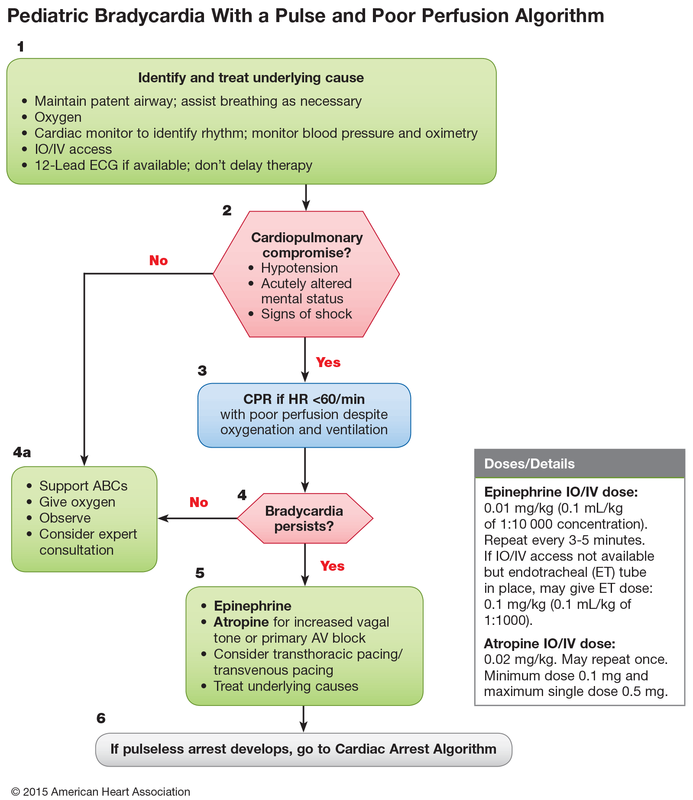
PALS Bradycardia with a pulse and poor perfusion - Pediatric Anesthesia Digital Handbook
ProMed Certifications Algorithms | Pediatric Bradycardia With A Pulse and Poor Perfusion Algorithm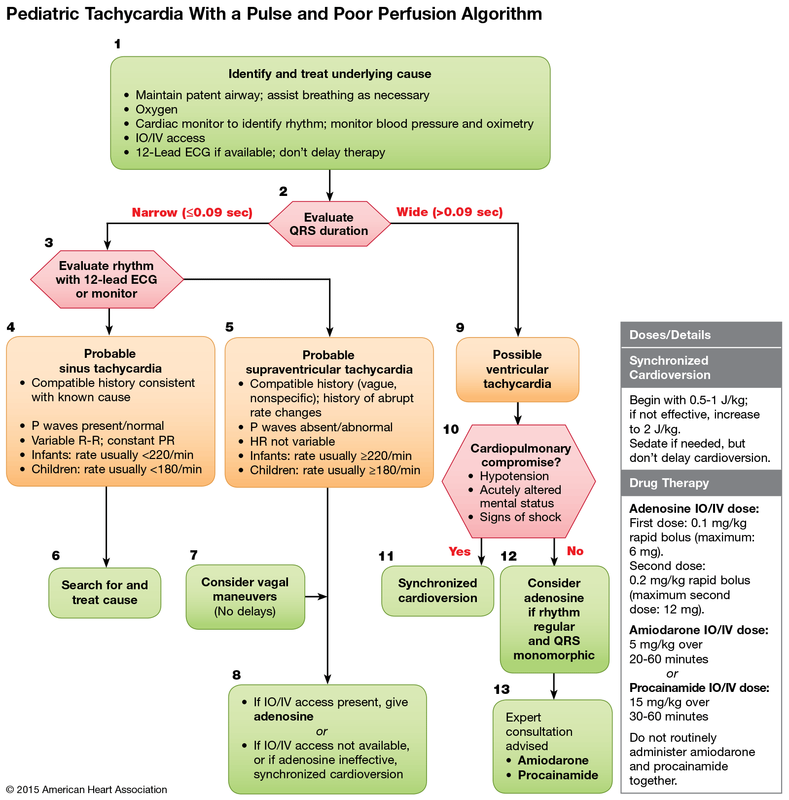
PALS Tachycardia with a pulse and poor perfusion - Pediatric Anesthesia Digital Handbook
Monitoring Peripheral Circulation - HealthManagement.org
Showing mechanisms of neonatal shock leading to poor tissue perfusion. | Download Scientific Diagram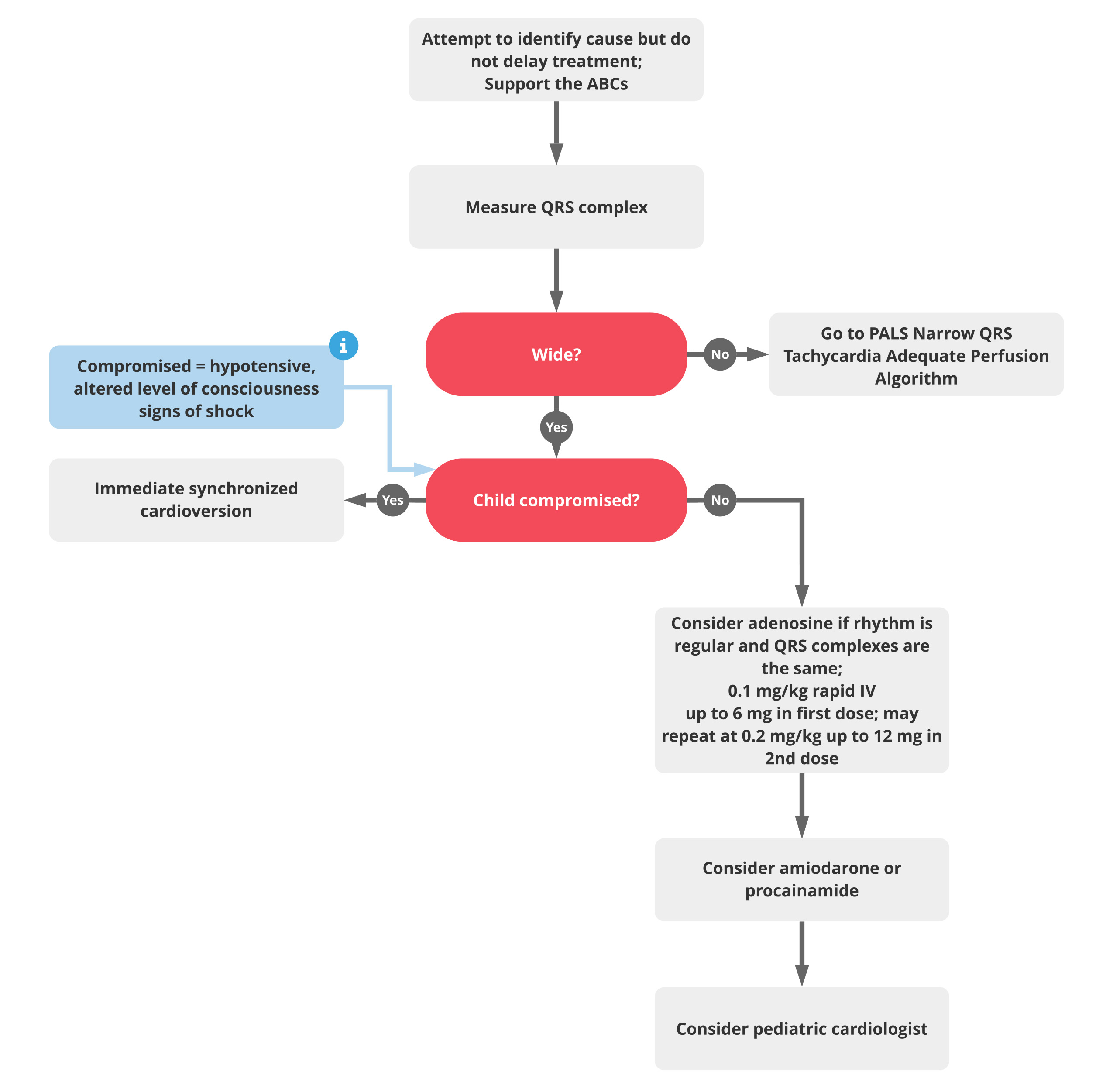
PALS Tachycardia Poor Perfusion Algorithm - ACLS Medical Training
Low Cardiac output - Cancer Therapy Advisor
Drugs for Shock States Flashcards | Quizlet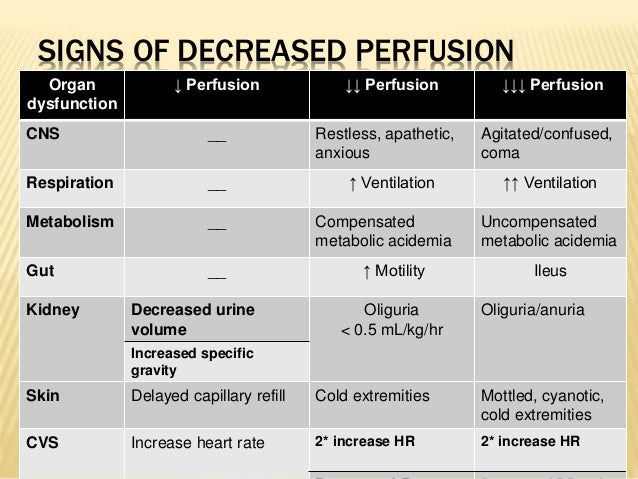
Approach to hypovolemic and septic shock
Heartify Algorithms | Pediatric Bradycardia With A Pulse and Poor Perfusion Algorithm
Ineffective Tissue Perfusion – Nursing Diagnosis & Care Plan - Nurseslabs
Ineffective Tissue Perfusion: Definition & Risk - Biology Class (Video) | Study.com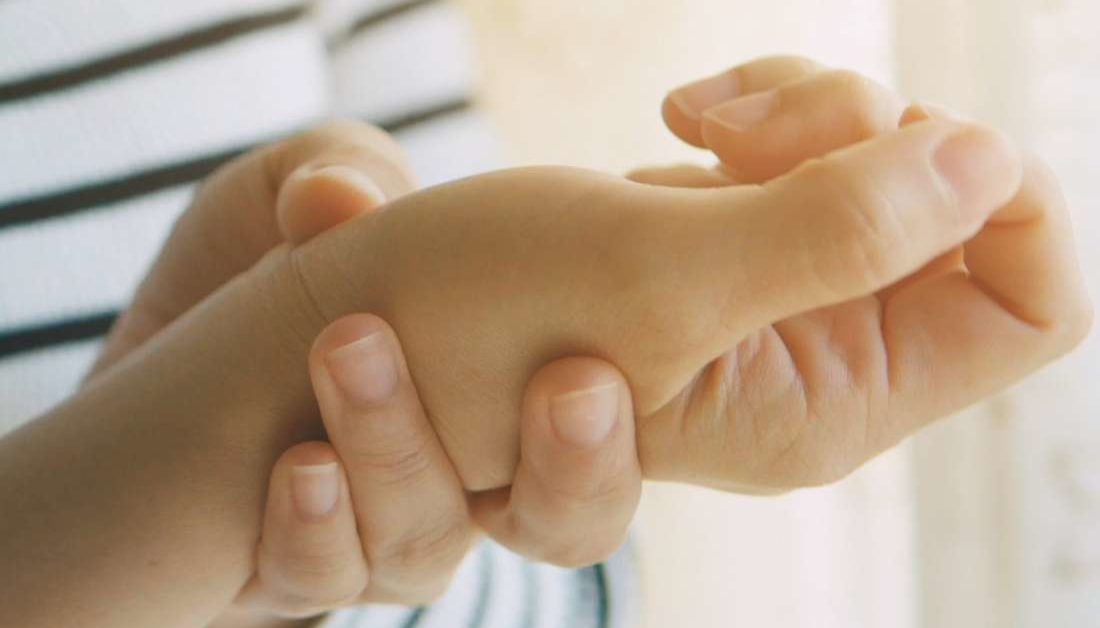
What are the symptoms of poor circulation?
Evaluating Tissue Perfusion To Assess Wound Healing In Patients With PAD | Podiatry Today
Presentation of signs of poor peripheral perfusion in hospital study dengue cases, 2005–9 vs. 2009–10.
Impaired Tissue Perfusion | Circulation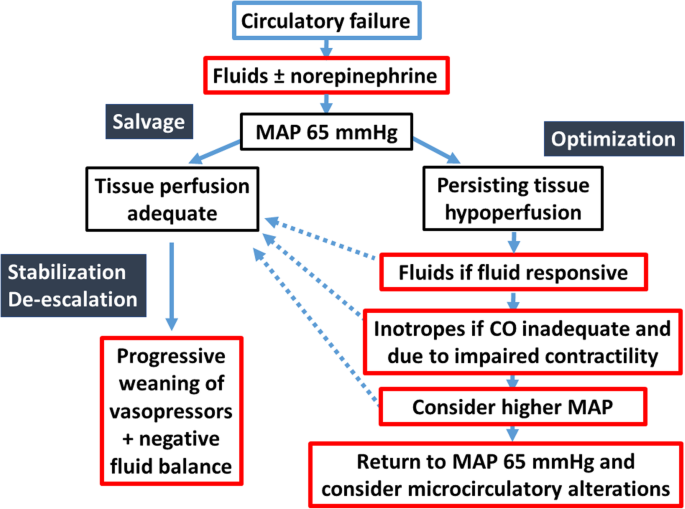
Minimizing catecholamines and optimizing perfusion | Critical Care | Full Text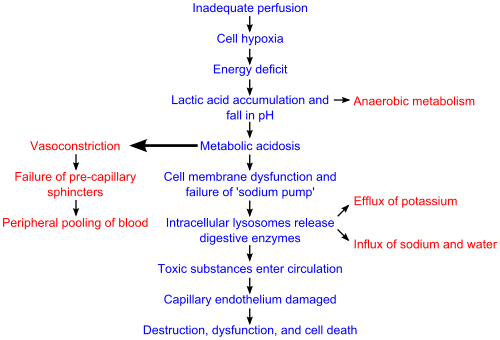
Shock (circulatory) - Wikipedia
Presentation of signs of poor peripheral perfusion in DENV-3 cases from... | Download Scientific Diagram
Part 7.3: Management of Symptomatic Bradycardia and Tachycardia | Circulation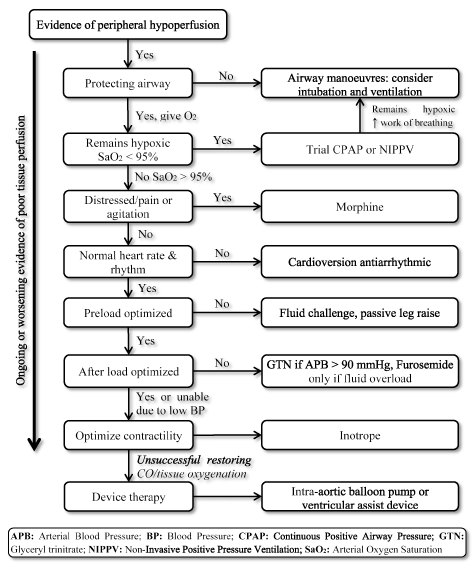
Low-output heart failure: A review of clinical status and meta-analysis of diagnosis and clinical management methods
Impaired Tissue Perfusion | Circulation
Part 14: Pediatric Advanced Life Support | Circulation
Evaluation of the Patient with Decompensated Heart Failure - The Cardiology Advisor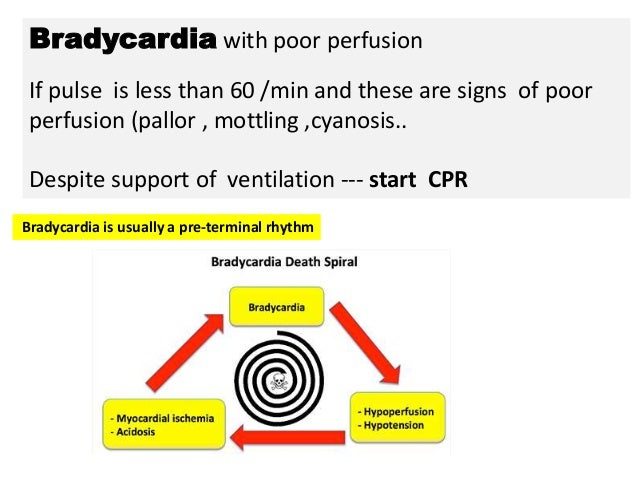
Pals 2017 part 4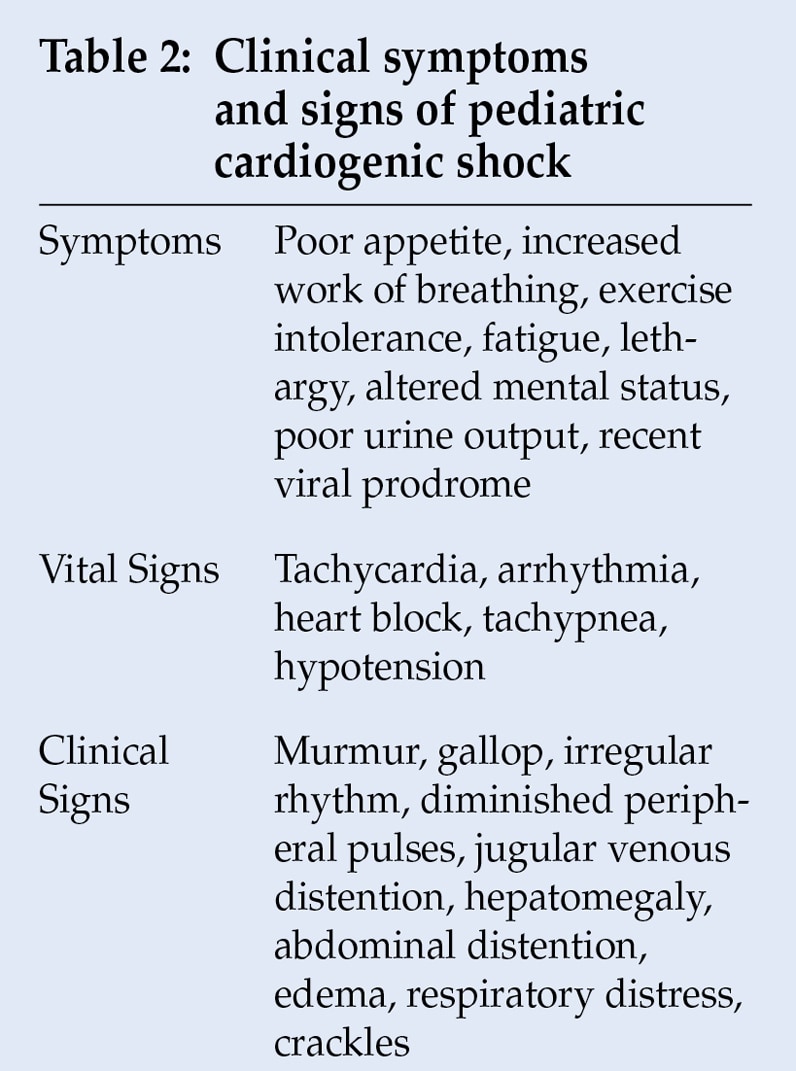
Pediatric cardiogenic shock: What is the role of medical and mechanical circulatory support? - Mayo Clinic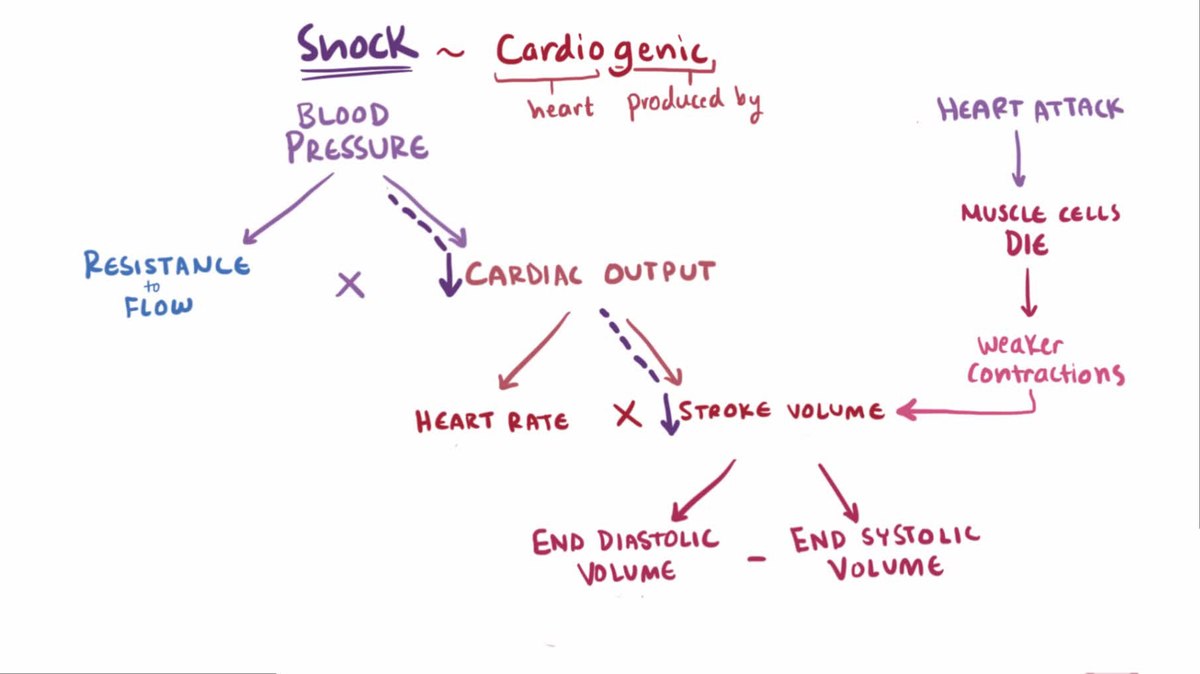
Shock (circulatory) - Wikipedia
ProMed Certifications Algorithms | Pediatric Tachycardia With A Pulse and Poor Perfusion Algorithm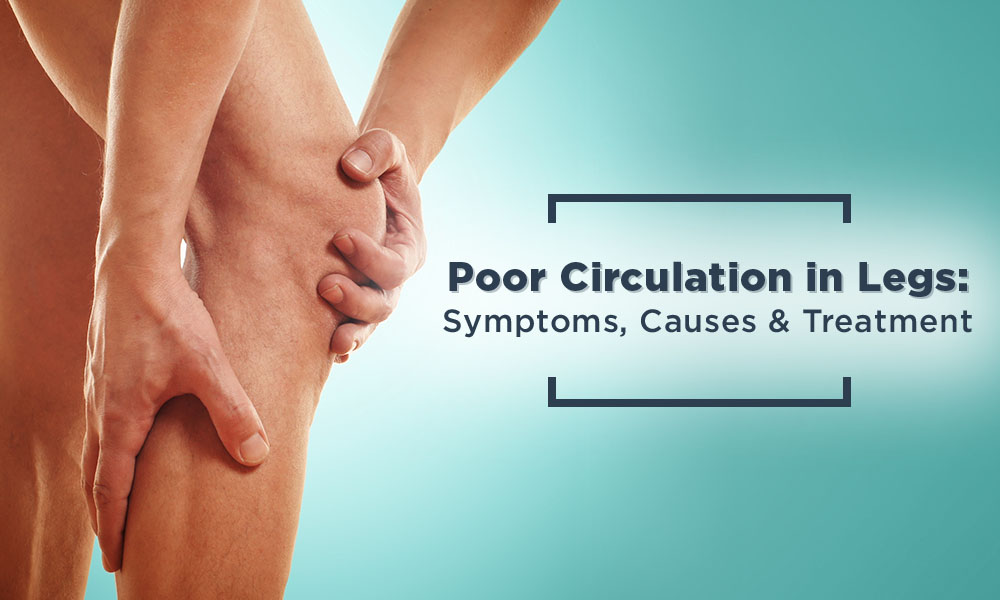
Poor Circulation in Legs: Symptoms, Causes & Treatment | American Standard Walk-In Tubs
Ineffective Tissue Perfusion – Nursing Diagnosis & Care Plan - Nurseslabs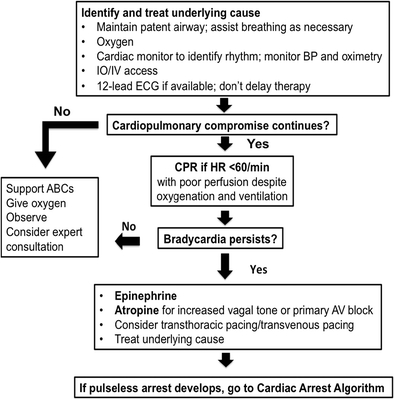
Figure 1 | Evaluation and management of bradycardia in neonates and children | SpringerLink
Figure 2: PALS Bradycardia Algorithm. | Pals algorithm, Pediatrics, Pediatric nursing
What are the symptoms of poor circulation?
Presentation of signs of poor peripheral perfusion in hospital study... | Download Scientific Diagram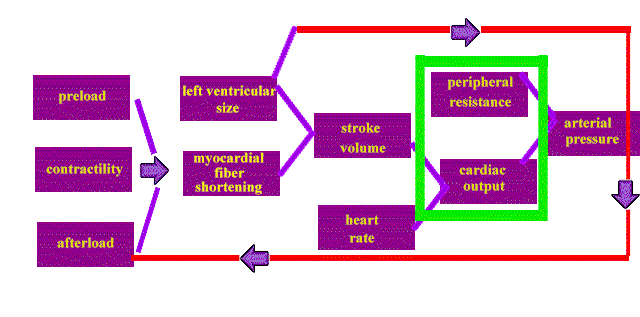
Tissue Perfusion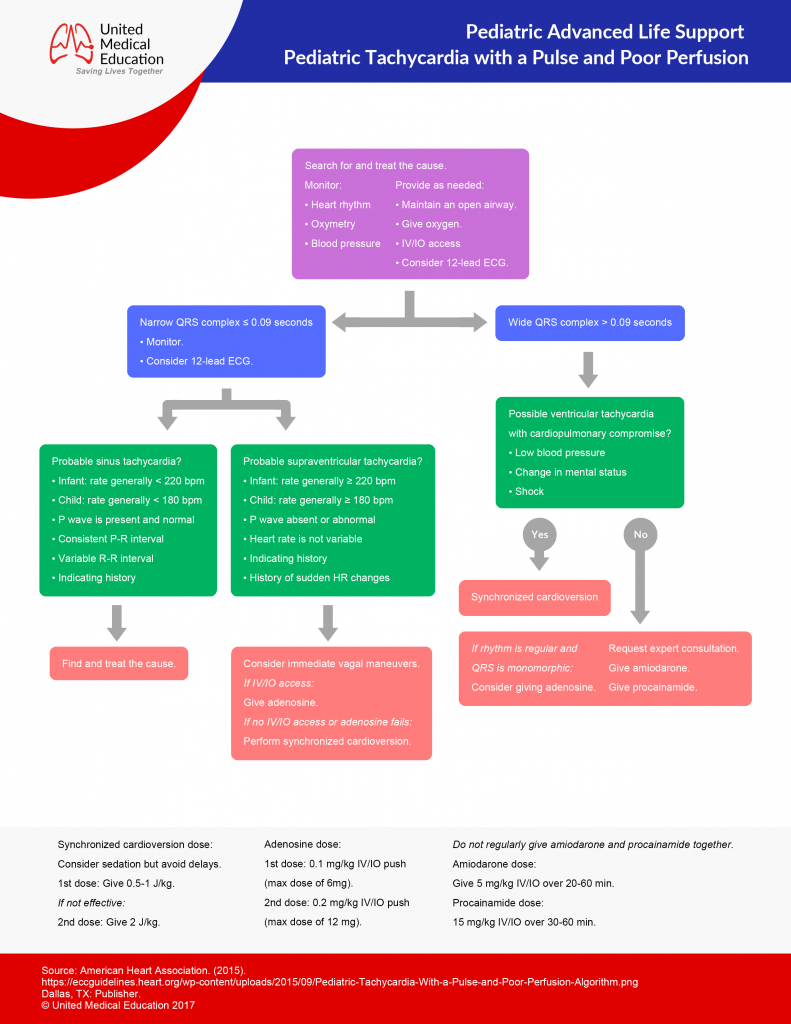
PALS Algorithms 2020 (Pediatric Advanced Life Support)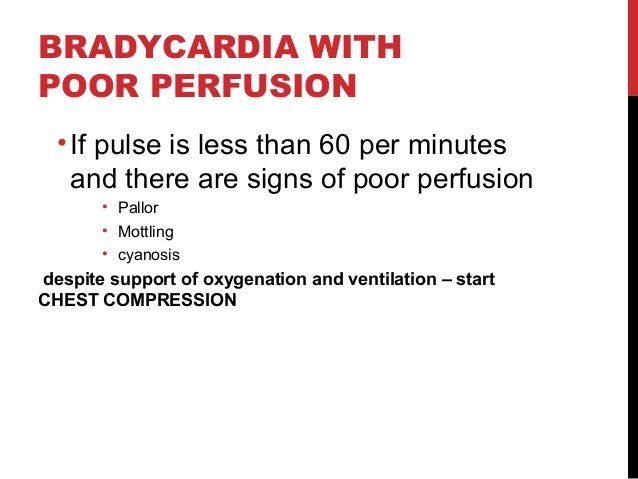
PALS: Pediatric advanced life support
Heartify Algorithms | Pediatric Tachycardia With A Pulse and Poor Perfusion Algorithm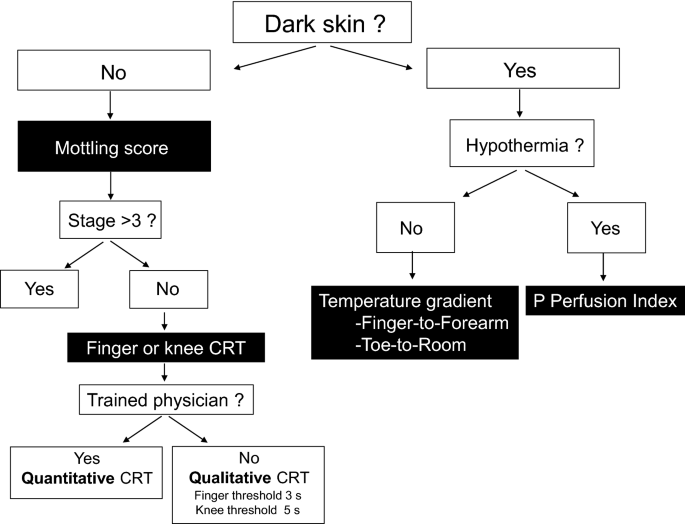
Narrative review: clinical assessment of peripheral tissue perfusion in septic shock | Annals of Intensive Care | Full Text
 Understanding clinical signs of poor tissue perfusion during septic shock | Semantic Scholar
Understanding clinical signs of poor tissue perfusion during septic shock | Semantic Scholar






































Posting Komentar untuk "signs of poor perfusion"